Aligning Your Water Management Program & Plans to the Joint Commission Standard: Legionella and Other Waterborne Pathogens

The Joint Commission (TJC) approved its newest standard of care in regards to water management programs on January 7, 2021. This new standard will go into effect on January 1, 2022. IWC Innovations is ready to help you confirm that your water management program is aligned to this newest standard: EC.02.05.02.
EC.02.05.02, mandates that hospitals have a water management program that addresses Legionella and other waterborne pathogens. The water management program is in accordance with law and regulation.

- The water management program has an individual or team responsible for the oversight and implementation of the program, including but not limited to, development, management, and maintenance activities.
- The individual or team responsible for the water management program develops the following:
– A basic diagram that maps all water supply sources, treatment systems, processing steps, control measures, and end-use points
Note: An example would be a flow chart with symbols showing sinks, showers, water fountains, ice machines, and so forth.
– A water risk management plan based on the diagram that includes an evaluation of the physical and chemical conditions of each step of the water flow diagram to identify any areas where potentially hazardous conditions may occur (these conditions can most likely occur in areas with slow or stagnant water)
Note: Refer to the Centers for Disease Control and Prevention’s “Water Infection Control Risk Assessment (WICRA) for Healthcare Settings” tool as an example for conducting a water-related risk assessment.
– A plan for addressing the use of water in areas of buildings where water may have been stagnant for a period. (for example, unoccupied or temporarily closed areas)
– An evaluation of the patient populations served to identify patients who are immunocompromised.
– Monitoring protocols and acceptable ranges for control measures.
Note: Hospitals should consider incorporating basic practices for water monitoring within their water management programs that include monitoring of water temperature, residual disinfectant, and pH. Additionally, protocols should include specificity around the parameters measured, locations where measurements are made, and appropriate corrective actions taken when parameters are out of range.
- The individual or team responsible for the water management program manages the following:
– Documenting results of all monitoring activities.
– Corrective actions and procedures to follow if a test result outside of acceptable limits is obtained, including when a probable or confirmed waterborne pathogen(s) indicates action is necessary.
– Documenting corrective actions taken when control limits are not maintained Note: See EC.04.01.01, EP 1 for the process of monitoring, reporting, and investigating utility system issues.
- The individual or team responsible for the water management program reviews the program annually and when the following occurs:
– Changes have been made to the water system that would add additional risk.
– New equipment or at-risk water system(s) has been added that could generate aerosols or be a potential source for Legionella. This includes the commissioning of a new wing or building.
Note 1: The Joint Commission and the Centers for Medicare & Medicaid Services (CMS) do not require culturing for Legionella or other waterborne pathogens. Testing protocols are at the discretion of the hospital unless required by law or regulation.
Note 2: Refer to ASHRAE Standard 188-2018 “Legionellosis: Risk Management for Building Water Systems” and the Centers for Disease Control and Prevention Toolkit “Developing a Water Management Program to Reduce Legionella Growth and Spread in Buildings” for additional guidance on creating a water management plan. For additional guidance, consult ANSI/ASHRAE Guideline 12-2020 “Managing the Risk of Legionellosis Associated with Building Water Systems.”
IWC specializes in water management plans and programs that improve the safety of your facility building water system. The stakes are high in terms of compliance for mandates and the ever-changing realm of regulations that surround your building water system. From the original ASHRAE standard to the new TJC standard our water management plans are fully compliant and adhere to all of these standards. The certified Legionella Water Safety & Management Specialists at IWC Innovations are here to help. We provide the easiest solution for these mandates and regulations. IWC is fully equipped and ready with an armory of assets to develop a fully compliant plan for your facility in the most cost-effective way possible. Contact IWC any time for help on making sure your water management program is fully compliant with all regulations.



